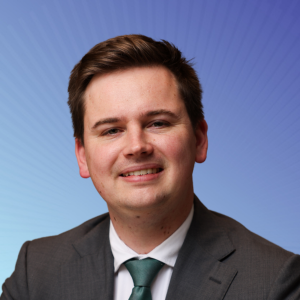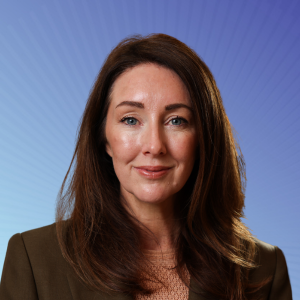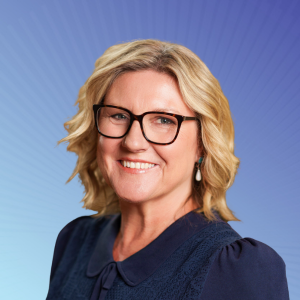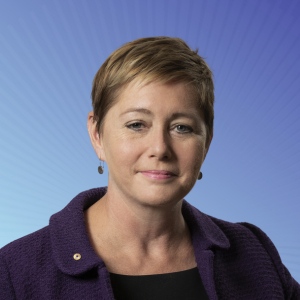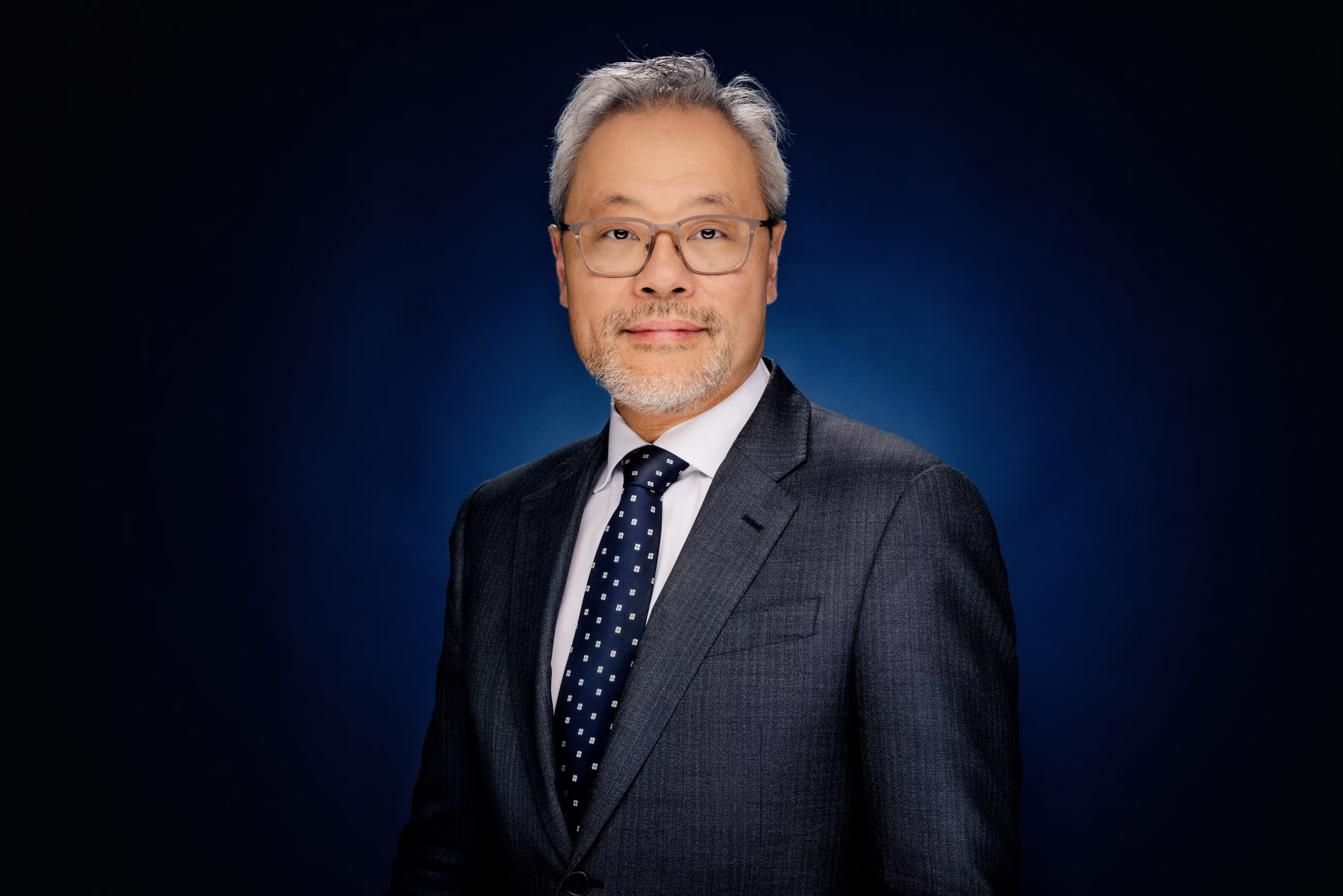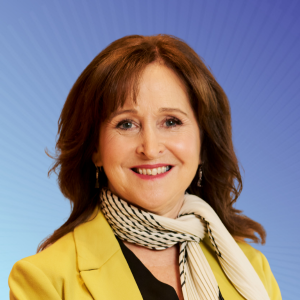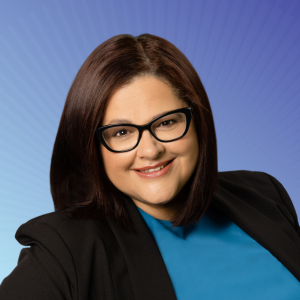Almost 20 years ago, Malcolm Gladwell popularised the theory that rapid change is always preceded by seismic shifts in orthodoxy, in his book The Tipping Point: How Little Things Can Make a Big Difference. These tipping points can be identified throughout modern history – everything from the fall in New York crime rates, to the dominance of the iPhone, to the rise of political populism (think Trump and Brexit).
Many speculate that, in years to come, 2019 in Australian financial services will be most remembered for the release of the Royal Commission report. However, there is a tipping point that will change the superannuation industry even more profoundly.
Within the next few years, it is possible that transitions to retirement (assets flowing from accumulation into pension phase) will exceed the total amount of mandatory contributions into APRA-regulated funds. Once this retirement tipping point is reached, retirement flows will begin to outstrip mandatory contributions in an exponential fashion.
This trend will accelerate most funds moving into net outflow position (paying more money out than they are receiving in). Eventually, some funds will be pumping out as much money as banks’ daily payments processes. Superannuation funds will bear an even heavier societal burden once this retirement tipping point is reached. Millions of Australians will be reliant on them for their weekly paycheck, paying the rent, putting food on the table.
How can funds live up to this lofty position? Largely, it will come back to familiar fundamentals – risk, insurance and performance. But, it’s up to funds to confront the reality that their current retirement propositions are not fit-for-purpose to service retirees with a range of different needs and preferences. Funds will need to evolve their account-based pension retirement proposition to factor in more retiree-appropriate fundamentals.
Risk
Our traditional risk models have largely centred on the risk/return trade-off – managing unproductive volatility through diversification. In recent times, some funds have sought to use their muscle and scale to boost member returns by accessing asset classes that are largely unavailable to retail investors (private equity, infrastructure and unlisted alternatives). However, as funds move into net outflow they will need to be more conscious of sequencing and liquidity risk as more retirees draw down on their pension accounts. In particular, funds should not sacrifice appropriate access to liquidity (such as through cash and defensive allocations) in pursuit of a few extra basis points of expected returns.
Insurance
Despite recent regulatory pressure and industry commentary, group insurance is still the most efficient method of delivering protection to Australians at scale. Group insurers, in the main, pay out the majority of premiums collected through claims (80 per cent to 85 per cent loss ratio). However, this won’t be enough in future as cross subsidies between young and old become more apparent and retirees start to wake up to the fact that Death, TPD and IP are less relevant forms of cover the older they get. The solution for insurers? Take the best parts of the insurance through super framework and apply it to managing the most important protection need for retirees—insuring against the risk of living longer than your savings. There’s a lesson here for government as well—mortality pooling benefits only arise at scale; we must leverage the scale of our existing group insurance framework in the development of the Comprehensive Income Product for Retirement (CIPR) legislation.
Performance
For an industry that should have a very long-term focus, we can be extraordinarily short-term in our thinking. Nothing illustrates this better than monthly performance league tables for investment returns. This short-termism fosters an unhelpful member mentality around the sustainability of returns and hinders a sensible philosophy of staying the course over the long term. Fund performance evaluations need to go back-to-basics and re-examine the very purpose of our industry – to provide sustainable and adequate retirement income. We need to find new long-term performance measures that allow members to compare which funds are most likely to maximise their retirement outcome and deliver the highest total income for life.
We need to find new long-term performance measures that allow members to compare which funds are most likely to maximise their retirement outcome and deliver the highest total income for life.
The development of CIPRs cannot just be another compliance exercise for the industry – there are sure to be more than enough of them in the years to come. Instead, funds should view this as an opportunity to invest in their most important emerging cohort and realise the overall retirement income objective of the system. If funds can do this, they will provide members with a purposeful and dignified retirement that will last long until the future.





